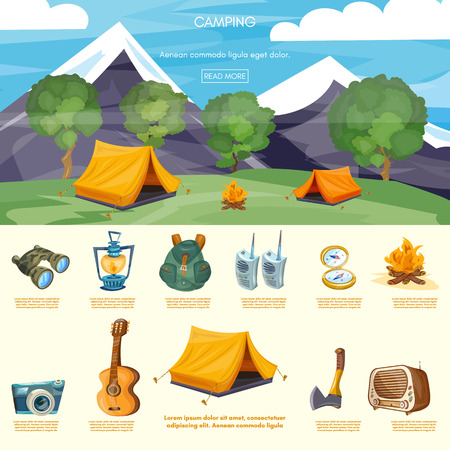What To Consider When Selling Online Camping Tents
What To Consider When Selling Online Camping Tents
Blog Article
Exactly How Essential Are Camping Tent Footprints/Ground Cover?
Tent footprints are a fantastic way to protect your tent flooring from abrasions and expand its practical life. Nearly all gear manufacturers offer their very own brand-specific impacts that are created to match their particular tent models.
How many people does a 5m Bell Tent sleep?
This customized approach provides convenience of configuration and decreases the risk of rain seeping in through the seams.
What are they?
Outdoor tents footprints (likewise called tent ground sheets or under outdoor tents pads) provide a layer of security in between the base of your tent and the outside setting. They safeguard your camping tent from sharp things, moisture, and rough surface areas.
Many camping tent manufacturers provide their very own well-known footprints created to fit flawlessly with their designated shelter versions. Nonetheless, these are generally costly and reasonably heavy compared to do it yourself alternatives like Polycryo or Tyvek.
Footprints are usually made from long lasting, water-proof materials such as polyurethane, nylon or silnylon. For ultralight backpackers seeking to lessen pack weight, there are additionally lightweight, high-strength options made from Cuben Fiber (Dyneema). It is very important to pick an impact that's slightly smaller than your camping tent to avoid rain from trickling down the sides of your shelter and funneling underneath you while you sleep-- nobody intends to awaken in a pool! A footprint is a worthwhile addition to any type of outdoor camping journey. It aids make certain a long lifespan for your tent while adding comfort and comfort.
Just how vital are they?
Outdoor tents footprints protect the base of your tent from abrasion and moisture, assisting to prolong its life expectancy. They're normally made from water-proof and dirt-resistant products like polyethylene or a light-weight oxford polyester, though the denier of the textile will certainly differ (the greater the denier number, the thicker and burlier).
The majority of impacts are made to specifically match the form of your outdoor tents's flooring, which aids lessen product waste. Lots of have grommets or loopholes whereby you can weave guylines for stress and risks, making sure that the impact is safely held down.
If you camp in rough terrain or areas where there's a lot of downed branches and sharp rocks, a tent impact is well worth the included weight and mass. However if you often camp in completely dry, sandy or rocky conditions, a footprint may be excessive. A tarpaulin is a far better choice because situation.
Do you generally pack one?
If you're camping on a very level surface area where rocks and sticks aren't a concern, a camping tent footprint most likely isn't necessary. If you are in the backcountry with a great deal of harsh inside glamping tents surface, a footprint can make life much easier.
Impacts are generally sized a little smaller sized than the base of the camping tent. That's because a larger footprint would catch rainfall and channel it under the outdoor tents, where you might get up in a puddle.
Nonetheless, impacts can be costly and heavy if you buy one from the manufacturer of your outdoor tents (the Big Agnes Tiger Wall surface UL 2 footprint, for example, costs $70 and considers 6 ounces). You can save money and weight by making your own do it yourself impact by reducing a piece of Tyvek or other water-proof textile to the precise dimensions of your sanctuary. You can also include grommets for simple attachment. The main advantage of a footprint is that it helps to shield the flooring of your backpacking tent from abrasive components such as rocks and twigs.
How do you maintain them clean up?
A manufacturer's impact can add significant weight to your sanctuary system and if you're an ultralight backpacker trying to save every ounce, it could not be worth it. For this reason, several backpackers will make use of a do it yourself groundsheet that's made out of something like Tyvek or Polycryo and suffice to size for their tent impact.
This option is reasonably affordable and will shield your camping tent from moisture, rocks, thorns, sticks, and so on, while likewise aiding to keep all-time low of your camping tent dry.
If you do make a decision to purchase an impact, be sure it's made particularly for your specific camping tent as this will help in reducing water pooling around the sides of your shelter. For instance, if your tent impact is too huge and extends past the side of your rainfly, it will gather rainfall which can leak into lighter-weight camping tents and possibly wear down the floor. See to it it fits your camping tent rather comfortably to prevent this.
What are the five types of camping?
